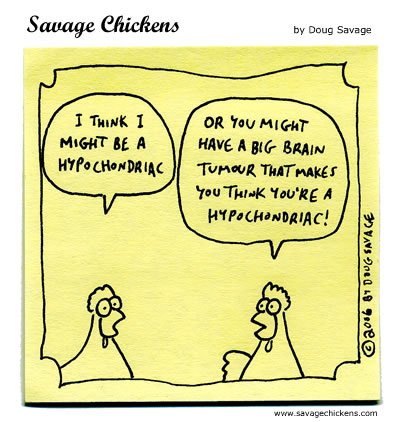Cordyceps sinensis is a fungus known as dongchoong-hacho(동충하초, 冬蟲夏草) in Korea, with the same characters used in China and Japan. It literally translates to “worm in the winter, herb in the summer”. It is a peculiar fungus with an interesting life cycle. In the summer when the weather is warm, the fungus infects its host (usually ghost moth larvae) through spores. The infected caterpillar is slowly filled with mycelium (thready part of fungi), until it becomes mummified with only the shell remaining. The fungus keeps replicating until it bursts out of the caterpillar’s head with a club-like fruit body (which holds the fungus’ spores). This makes it look as if the caterpillar, which was an insect in the winter, turned into a fungus in the summer (technically it is at this stage, but the caterpillar is long dead). In English, it is also called caterpillar fungus or vegetable worm (which is a misnomer as fungi are not vegetables).
Cordyceps sinensis is an important ingredient in traditional Eastern medicine as it is believed to be a perfect balance between yin and yang due to it possessing both animal and plant (actually a fungus) properties. It is used to treat many diseases from fatigue to cancer.
Although Western medicine usually looks down on and ignores Eastern medicine, research shows that Cordyceps sinensis actually has medicinal properties. Cordycepin, a chemical extracted from the fungus, has been shown to inhibit the growth of viruses, fungi and tumours through its inhibitory actions on a certain protein. There is also research that suggests it can protect the body against radiation poisoning.











